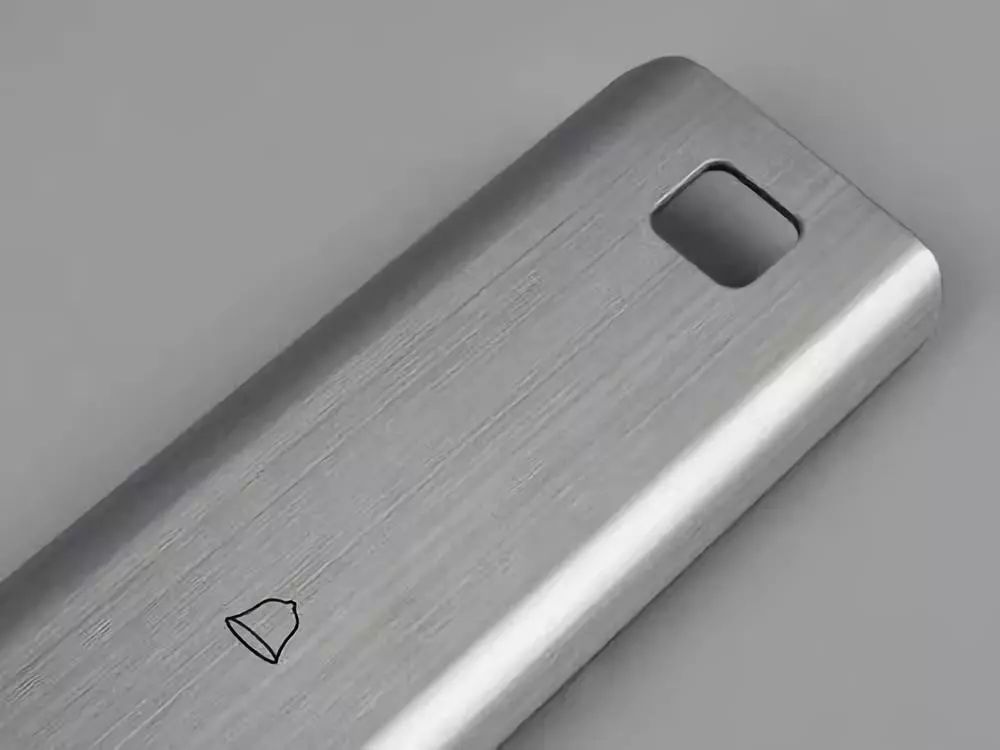In the evolving realm of smart locks, understanding the nuances of materials and surface treatments is paramount. Let’s delve into some of the predominant materials and techniques reshaping this industry.
1. Surface Finishing Techniques
❶ IML Injection Molding: In-mold labeling is a standout technique where a hardened transparent film overlays a printed pattern layer, all sandwiched between a plastic layer. This innovative approach not only protects the surface from scratches but also ensures long-lasting color vibrancy.
❷ Anodization: A process where aluminum and its alloys undergo oxidation to form a protective layer under specific electrolytic conditions. Typically, this refers to sulfuric acid anodization unless otherwise specified.
❸ Sandblasting: This involves using high-speed abrasive streams to clean and roughen the substrate surface. The resultant surface not only exhibits enhanced mechanical properties but also boasts improved fatigue resistance and coating adhesion.
Post-electroplating sandblasting renders a matte finish to smart locks, enhancing resistance to oil stains while ensuring consistent color tones.
❹ Enameling: Enameling involves embedding polymer glazes into the pores of a paint surface, creating a robust protective lattice. This effectively minimizes scratches, safeguarding the paint layer.
❺ Polishing: A process that reduces surface roughness using mechanical, chemical, or electrochemical means, resulting in a lustrous finish. It involves the use of polishing tools and abrasives to refine the workpiece surface.
❻ Brushing: Surface brushing imparts decorative linear patterns to metal products, accentuating their metallic feel. This technique, revered for its ability to elevate the tactile experience, is gaining traction among users.
❼ Coating: This involves spraying atomized paint droplets onto a surface using devices like airbrushes or disk atomizers. Variants include air spraying, airless spraying, and electrostatic spraying, each with its unique application benefits.
❽ Paint Baking: After applying multiple layers of paint on a substrate, typically a high-density board, the ensemble undergoes high-temperature baking to set. This technique, demanding in terms of paint quality, ensures vibrant colors.
❾ Zinc Alloy Enamel Coloring: Zinc alloy ornamental patterns undergo enameling, followed by colorful enameling. A notable example (a design by Meilun Meikai for the Middle East market) showcases a dense red base and a glossy topcoat, exuding a glass-like sheen. This exclusive technique, developed in collaboration with a renowned domestic enamel craftsman, remains shrouded in technical secrecy.
To conclude, the smart lock industry is at the nexus of innovation, with materials and surface treatments continually evolving. With this guide, you’re now poised to navigate customer inquiries with confidence and stay abreast of industry advancements.
Post time: Jan-10-2024





